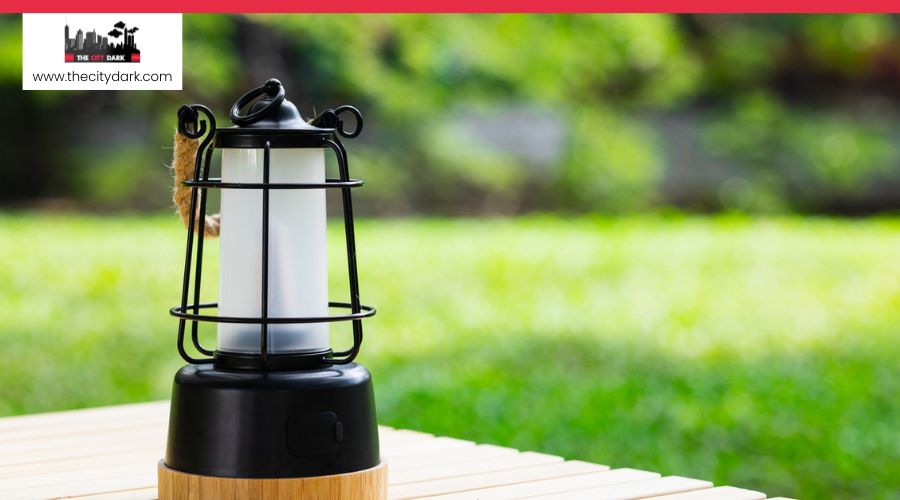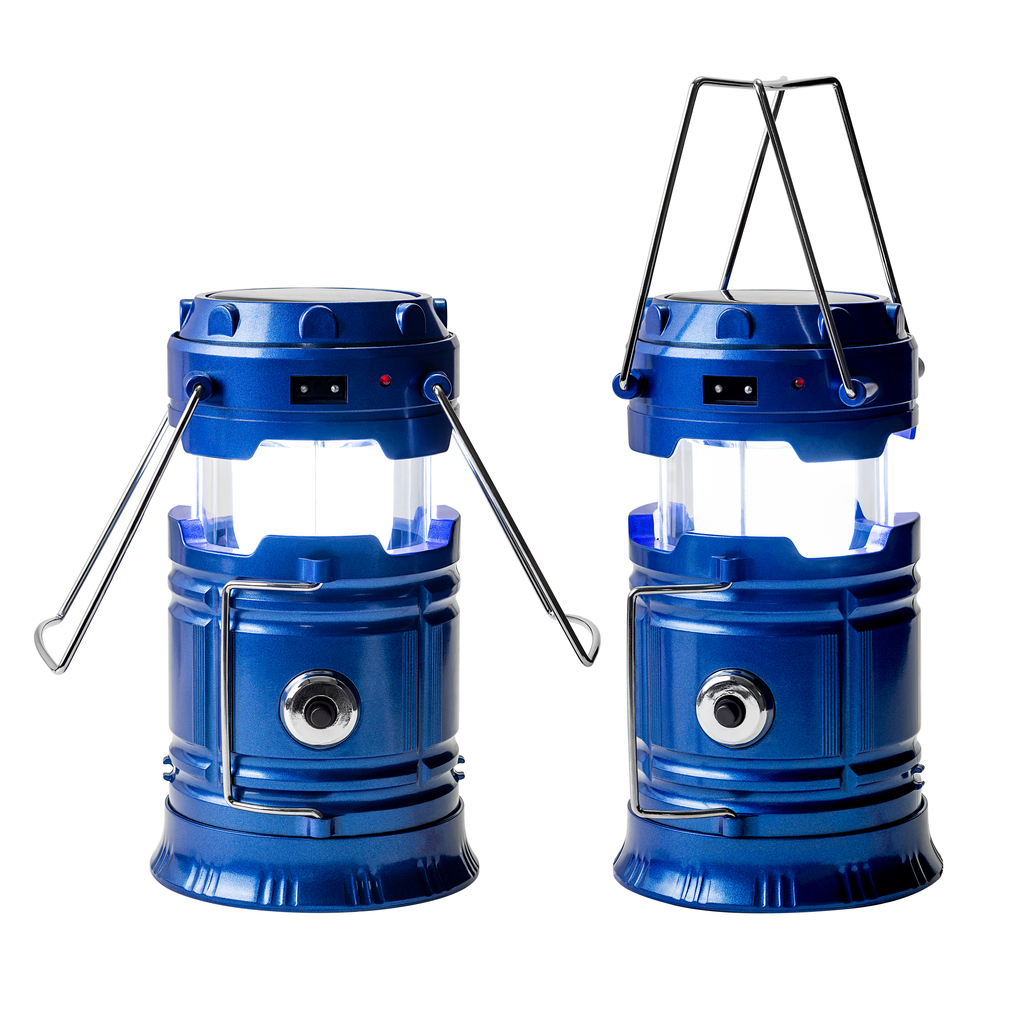In the days of yore, selecting a lantern was a simple matter of choosing between oil or candlelight. But today, you’re faced with a veritable cornucopia of options for illuminating your off-grid abode. You’ve likely heard that solar-powered lanterns are both cost-effective and kind to the environment, with their self-sufficient solar chargers and batteries.
But the decision doesn’t end there. From LED lights that promise brighter rooms and longevity to traditional kerosene lamps and beyond, each option comes with its own set of considerations—energy efficiency, safety, environmental impact, and more. As you stand at this crossroads, pondering which path to sustainability is right for you, remember that the choice you make not only lights your way but also sets a precedent for sustainable living.
So, why is it crucial to weigh these factors carefully, and how can you ensure that your decision aligns with both your values and your living situation? Let’s explore this together, considering what lies beneath the surface of each option.
Key Takeaways
- Solar-powered lanterns with LED lights are recommended for sustainable off-grid living.
- Choose lanterns made from renewable resources and materials with minimal carbon emissions.
- Consider the durability and build quality of the lanterns for long-term use in rugged environments.
- Look for efficient and high-performance lighting systems that have additional features like extending working hours and enhancing safety.
Assessing Energy Sources
When choosing a sustainable lantern for off-grid living, it’s crucial to assess the energy sources available to find the one that best suits your needs. Solar-powered lanterns stand out as an environmentally friendly and cost-effective option. They harness sunlight, a renewable energy source, through a solar panel and store it in a battery backup for use when the sun’s not out. This technology not only cuts down on operational costs but also reduces your carbon footprint, making solar lanterns a top choice for eco-conscious individuals.
LED lights, powered either by these solar systems or a power bank, offer another layer of efficiency. They consume less energy and have a longer lifespan compared to traditional bulbs, ensuring your nights are bright without frequent maintenance or replacements.
While solar lighting systems are highly recommended for their sustainability and low running costs, it’s important to have a backup. Battery-powered LED lights can fill this role effectively, requiring no manual charging while providing a reliable light source. Always consider the availability of sunlight in your area to maximize the benefits of solar lanterns, and remember, choosing solar isn’t just practical but also a step towards a more environmentally friendly off-grid living.
Material Sustainability
Beyond energy efficiency, the sustainability of the materials used in lanterns plays a pivotal role in reducing your environmental footprint. When you’re looking for the right lantern to meet your off-grid lighting needs, consider not just the source of light, but also the materials it’s made from. Here’s how you can make sustainable choices:
- Renewable Resources
- Look for lanterns made from:
- Bamboo
- Recycled plastics
- Sustainably sourced wood
- Recyclability
- Choose lanterns that are:
- Fully recyclable
- Partially recyclable at the end of their lifespan
- Low Environmental Impact
- Opt for materials that:
- Have minimal carbon emissions during production
- Offer longevity to minimize waste
Selecting a lantern that harnesses solar power or uses energy-efficient LED light sources is a step in the right direction. However, coupling solar energy with materials that are kind to the planet elevates your choice. Solar-powered lights that embrace the power of the sun while also being constructed from low-impact, durable materials ensure you’re using solar in the most responsible way. This approach not only meets your lighting needs but also champions sustainability at every level.
Lantern Durability
While considering the sustainability of materials in lanterns is crucial, don’t overlook the importance of durability for ensuring long-term use in off-grid living. Durability isn’t just about surviving a drop; it’s about a light fixture’s ability to endure the rigors of outdoor life and frequent use. You’re in the market for a lantern designed to withstand whatever your adventurous life throws at it.
When exploring lighting options for off-grid areas, the material and build quality should top your checklist. Whether you’re eyeing traditional kerosene lamps or modern LED lighting, ensure they boast features like impact resistance and weatherproofing. These characteristics aren’t just nice-to-haves; they’re essential for a lantern that can withstand rugged environments without faltering.
Moreover, a reliable power supply is paramount. Long battery life and efficient charging systems mean less energy spent on maintenance and more on living. LED lighting, for instance, consumes less energy and often offers longer service life, making it a prime choice for off-grid scenarios.
Efficiency and Performance
Considering the critical role of lighting in off-grid living, you’ll find that efficiency and performance are key elements to weigh in your decision-making process. With a focus on sustainability, the choice of a lighting source becomes crucial.
LED (Light Emitting Diode) lighting stands out for its efficiency, capable of lasting up to 50,000 hours. This not only provides you with long-lasting performance but also ensures that the power used to charge these systems is utilized optimally.
- Types of Efficient Lighting Solutions:
- Solar-powered lanterns with LED lights, offering brighter rooms and extended lighting duration.
- Solar string lights for ambiance.
- Headlamps for efficient outdoor use.
- Battery-powered LED lights that eliminate frequent battery changes or manual charging, ensuring convenience and consistent light.
Each of these solutions brings its own set of benefits, from the ability to adjust brightness to the convenience of not having to frequently replace power sources. When opting for sustainable lighting, it’s essential to consider how these systems require minimal maintenance while providing maximum efficiency. Prioritizing these aspects will help you meet your lighting needs effectively, ensuring that your off-grid living setup is both functional and eco-friendly.
Additional Features
Having explored the efficiency and performance of sustainable lighting options, let’s now examine the additional features that can enhance your off-grid living experience.
When choosing lighting sources for off-grid use, it’s critical to make sure they’re not just efficient but also equipped with functionalities that meet your specific needs. For instance, systems that feature options for extending school and working hours can significantly contribute to education and economic development, as studies, including those by UNESCO, show a 20-25% increase in student performance with adequate lighting.
Moreover, lighting applications that improve healthcare by providing a safer environment for both medical staff and patients are invaluable. This includes readily available, reliable lighting sources in remote areas where electrical lighting infrastructure is scarce. Solar street lighting, for example, can illuminate outdoor spaces, enhancing safety and extending productive hours into the evening.
Always consider the broader impact of your lighting choices. Beyond personal convenience, the right off-grid lighting can foster community growth, enhance safety, and support essential services. With these additional features in mind, you’re well-equipped to make an informed decision that goes beyond basic illumination needs.
Conclusion
In choosing a sustainable lantern for off-grid living, you’ve got to weigh your options carefully. Solar-powered and LED lanterns stand out for their efficiency and low environmental impact. Remember to consider the lantern’s materials, durability, and any extra features that might come in handy.
Ultimately, your choice should align with your energy needs, safety concerns, and commitment to sustainability. By taking these factors into account, you’ll light up your off-grid life responsibly and efficiently.


